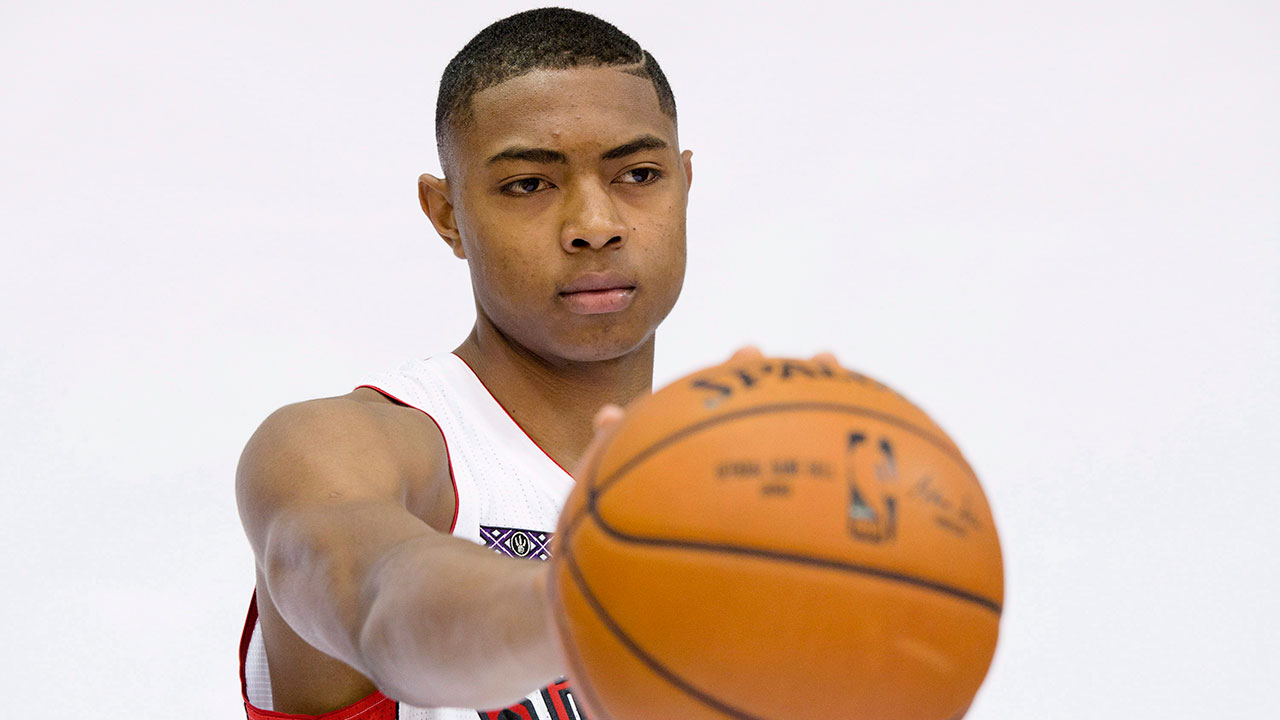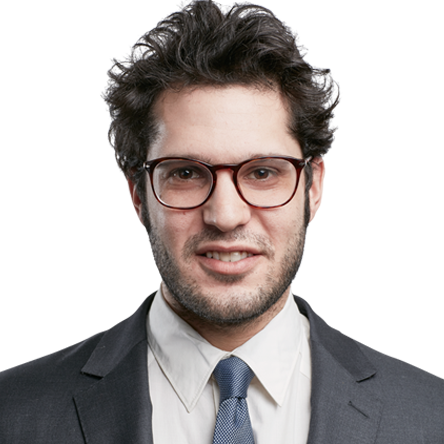Sure, it doesn’t take much to steal the spotlight from an event centered on unveiling a logo for an exhibition game. Still, the announcement of Toronto’s new D-League franchise amid MLSE’s press conference regarding the 2016 All-Star game in Toronto on Wednesday did just that.
While it’s been known for some time that getting their own D-League affiliate was high-priority for Tim Lieweke, Masai Ujiri, and the Raptors brass- and that a purchase had already been approved- it remained unclear exactly when a franchise would actually arrive.
But given the way things turned out for the Raptors this past season, its arrival couldn’t have come any sooner.
“It’s long overdue, to be honest with you,” says Jaren Jackson, an assistant coach with the Fort Wayne Mad Ants- the Raptors’ previous affiliate. “The D-League is evolving and becoming a greater asset for NBA teams, especially considering there are so many young players in the league now who aren’t getting an opportunity to play. Now here’s a place for them to develop and grow, to be evaluated on a daily basis by their parent team.”
Toronto’s new D-League franchise- as of now still without a team name or permanent home (it will be in the Greater Toronto Area, for what it’s worth)- should serve countless purposes, development of young talent, both on the court and off, being chief among them.
“Slowly,” Jackson says, “these teams are recognizing that you have to make it a priority- especially if you care about young players you pick up, like Bruno [Caboclo].”
Undoubtedly the Raptors experience last season with Caboclo, their teenage Brazillian rookie, put pressure on the organization to expedite the process of getting their own D-League franchise to monitor.
On paper, the D-League should be a place for young players to hone their craft, get stronger, and in the case of a raw prospect like Caboclo, get acclimated to playing at (or close-to) the NBA level.
On paper.
In reality, the Mad Ants, who shared an affiliation with 13 NBA teams last season (and no, that’s not a typo) were never equipped or, frankly, motivated enough for Caboclo’s progress from pup to pro to take primacy.
“The experience was tough in Fort Wayne for Bruno, it was,” says Jackson, who won a championship with the San Antonio Spurs in 1999. “We didn’t have a one-on-one affiliate like some other teams do, and it meant we had different priorities [than the Raptors],” he says. “We were an experienced team. We had a number of veteran players brought down to us, players who we could throw out there and say ‘Go’ and they could contribute and help us win. But a younger player like Bruno sometimes gets lost on assignments figuring out who he’s supposed to defend, situations like that where he walks away feeling uncomfortable.”
“There’s so much upside that I could see immediately why [the Raptors] took him in the draft,” Jackson continues, “But he came to us essentially as a college freshman. And so he fits what the D-League is all about: He needs to play in the D-League and evolve as a player, to be able to play through his mistakes.”
Players like Caboclo will get that opportunity on Toronto’s new affiliate as the team looks to more proactively invest in their future success.
“Bruno, with his game and potential, he needs to play. He needs repetition, patience, player development. He’s already in the gym all day doing drill-work. He’s done all that. But he needs to know specifically what the role the Raptors want him to play for them, and he needs to be put on the floor in game action in a position that will let him shine and feel good about his game. So I’m excited to hear about Toronto’s D-League team for Bruno’s sake.”
Toronto is now a part of a growing trend of teams moving to one-on-one affiliate models, and it’s not hard to see why.
Of course, the benefits of a D-League team go beyond simply development. The new team also offers the rapidly growing basketball fan base in and around the city of Toronto another opportunity to see NBA talent in the flesh- particularly for those priced out of attending Raptor games on a regular basis.
However, the spectator aspect of the D-League continues to vary dramatically from franchise to franchise. Some teams, like the Mad Ants, play in arenas that hold as many as 10,000 fans and can be a legit attraction for smaller local markets.
Other teams, like the Los Angeles D-Fenders, for example, play out of the Lakers practice facility and rarely attract meaningful crowds, often to the detriment of everybody involved.
“Sometimes you have those nights where there’s just a few hundred people in there,” Jackson says, “and the NBA team is ok with that because they can afford [to not have big box office draws], and say ‘let’s just play the game, get our players game experience, and move on.’ I’m not a big fan of that because there’s always fan base out there waiting to be tapped into.”
While it remains to be seen where the new D-League team will find a permanent home (the Raptors are currently building a new training facility on the grounds of the CNE), another MLSE-owned minor league team, the Toronto Marlies, an AHL affiliate of the Maple Leafs, have found success playing down the road from their parent club at the Ricoh Coliseum. The Marlies averaged 5,347 fans in the 2014-15 season.
While there are still plenty of questions relating to Toronto and the Raptors’ future in the D-League, perhaps the biggest one was answered on Wednesday. Now the real work begins.









